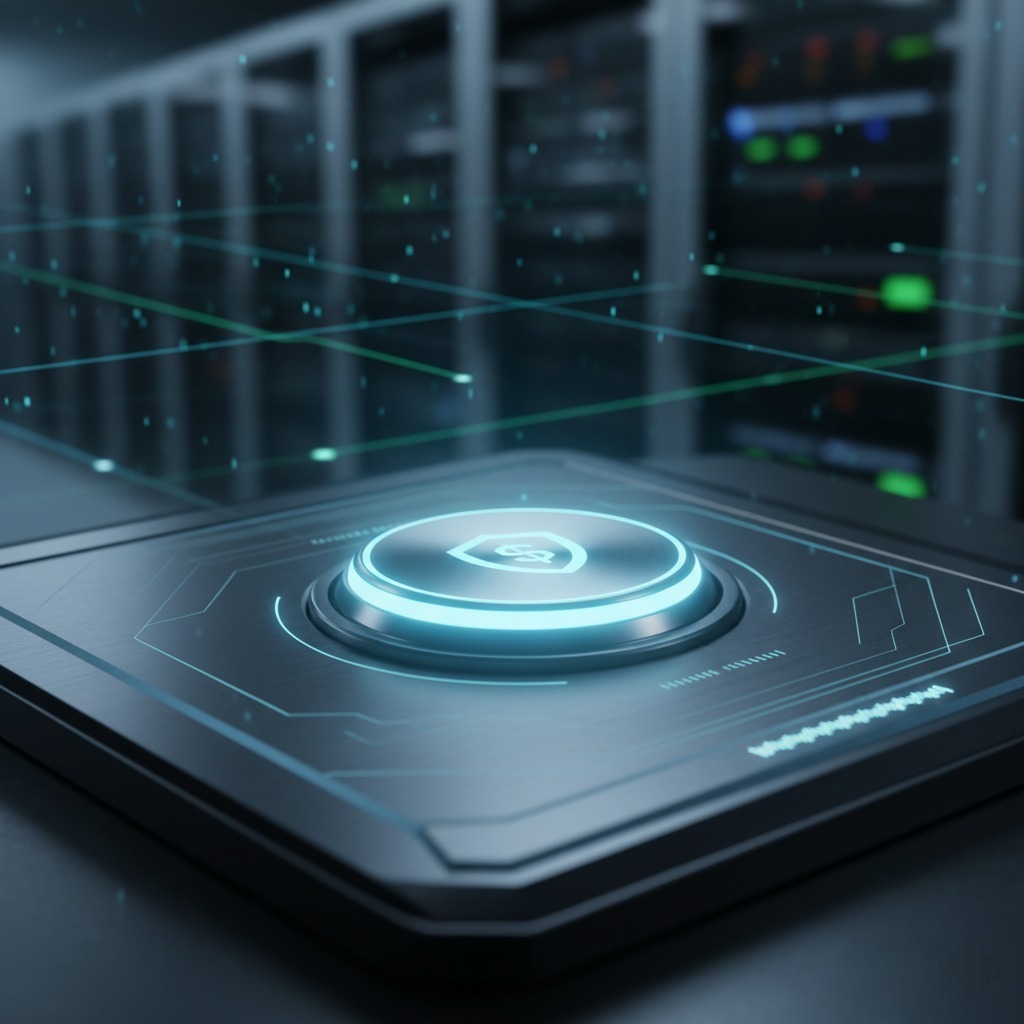
Cloud computing is more about a model than a physical displacement of computing resources. The “utility” paradigm is transformational thanks to the on-demand and elastic resources, but unlike being stuck with just a single local cable provider, the range of choice in cloud computing options also provides selectivity and customization best suited for the delivery of individual applications.
Due to this, Core Technologies Services, Inc notices, companies are adopting multiple cloud providers to support individual applications. Management increasingly becomes a difficult task due to specialization based on cloud pairing resulting in the formation of silos to be monitored for performance and reliability.
Why is monitoring of Multi-cloud important?
The lack of comparative visibility among clouds can also lead to blind spots due to which assessments about performance, fit, and cost made during cloud migration quickly become invalid. With the change in apps, their requirements for resource utilization also changes. To break such silos, a different strategy is required to manage and monitor across clouds. It begins with decoupling data collection from the data science and performance analysis. This enables a standardized and service-oriented approach to system data collection and is often delivered through a monitoring- integration-as-a-service (MIaaS).
MIaaS
MIaaS is an emerging set of tools for connecting, the deployed monitoring platforms in different IT environments to analyze the health and performance of the entire ecosystem. They are used by large enterprises to integrate on-premises infrastructure performance metrics with cloud service-performance metrics or to monitor multicloud environments.
Following are 3 ways to take advantage of the emerging technology in a more sensible way:
If you want to setup a diverse monitoring platform write to CoreIT today.

.jpg)
